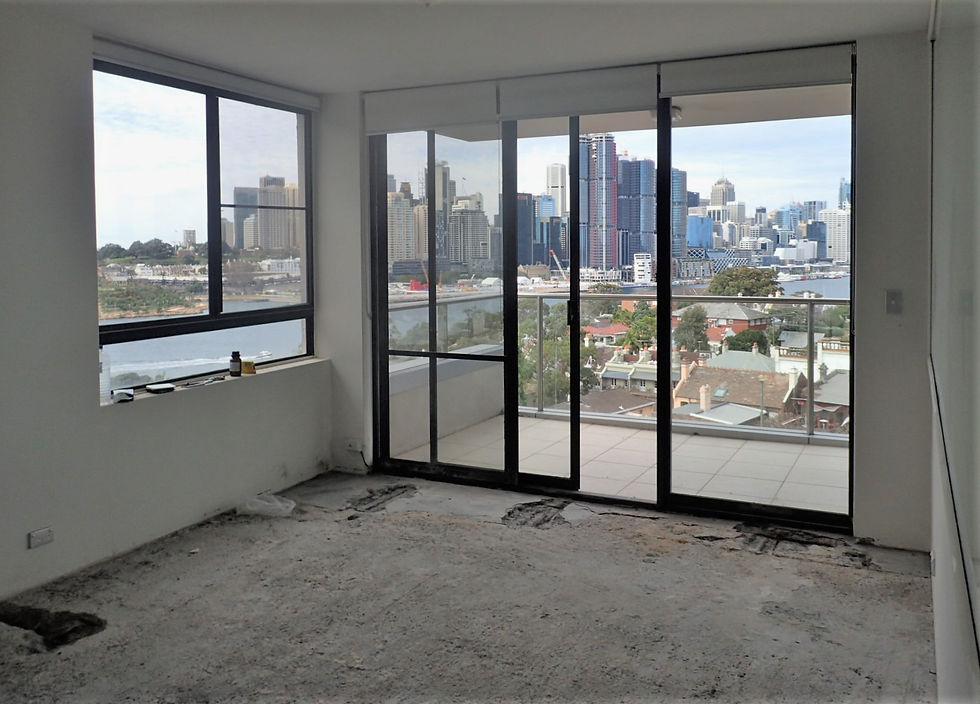Assessment of the performance of ICCP, hybrid anode andsacrificial anode systems operating on concrete bridges andstructures in NSW, Australia based on potential criteria
- Remedial Technology

- Jun 16
- 2 min read
Updated: Jun 18
Choosing the Right Protection: Evaluating ICCP, Hybrid, and Sacrificial Anode Systems on NSW Bridges
We are pleased to share insights from a recent technical paper co-authored by Hamid Fatemi from The University of Sydney and Atef Cheaitani from Remedial Technology. The paper was presented at the Concrete Solutions 2025 conference and is titled “Assessment of the Performance of ICCP, Hybrid Anode and Sacrificial Anode Systems Operating on Concrete Bridges and Structures in NSW, Australia Based on Potential Criteria.”
The Challenge: Corrosion on the Coast
Reinforced concrete bridges and wharves along the Australian coastline are at high risk of chloride-induced corrosion, especially those constructed prior to the mid-1990s. To address this, a range of cathodic protection systems have been installed across New South Wales, including Impressed Current Cathodic Protection (ICCP), Hybrid Anode Cathodic Protection (HACP), and Sacrificial Anode Cathodic Protection (SACP).
The Study: Field Data from 21 Structures
The paper draws on performance data from 21 structures, evaluating each system type against the protection criteria outlined in Australian Standard AS 2832.5. Field testing included monitoring depolarisation values, electrode performance, and long-term current requirements.
Key findings include the following:
ICCP systems showed the most consistent performance. Over 87 percent of reference electrodes met the required standards. Design improvements and careful installation were identified as essential for success.
SACP systems had variable outcomes. Systems located in submerged and splash zones performed relatively well, while those in dry, atmospheric zones often failed to meet criteria, especially in high-resistivity concrete.
HACP systems produced mixed results. Type 1 systems, which rely on a short impressed current phase, provided little to no long-term protection. Type 2 systems, which include a built-in battery, offered better early performance but still declined after transitioning to galvanic mode.
What This Means for Asset Owners
The study reinforces that ICCP remains the most reliable and effective solution for structures exposed to marine conditions. SACP and HACP systems can provide some value in low-risk or low-maintenance environments, such as remote sites or structures with limited design life. However, their limitations must be carefully considered during system selection.
The insights from this study offer practical value for engineers, asset managers, and decision-makers responsible for extending the service life of critical infrastructure.
Read the Full Paper Concrete Solutions 2025 – Paper 05001 or download direct below:






Comments